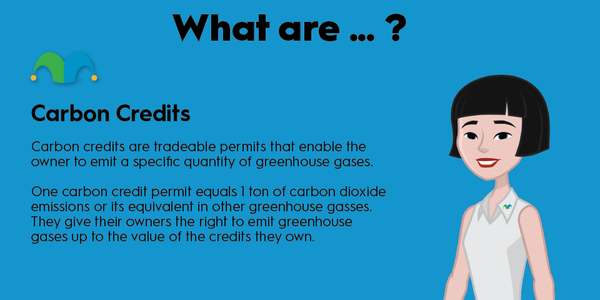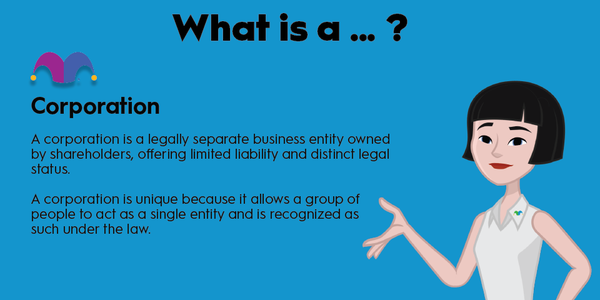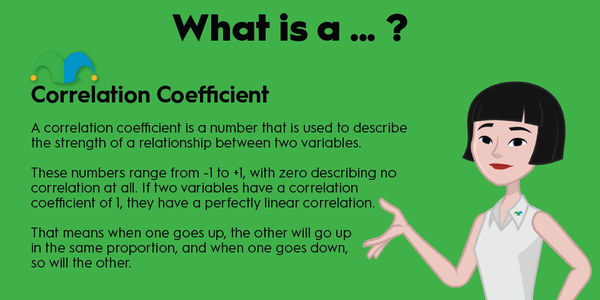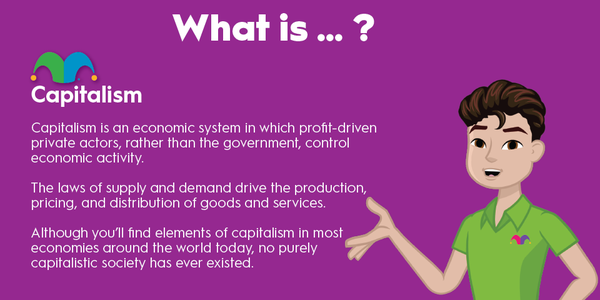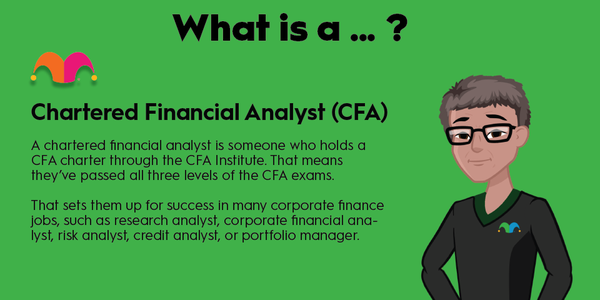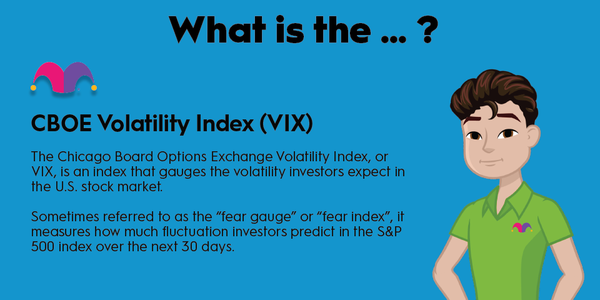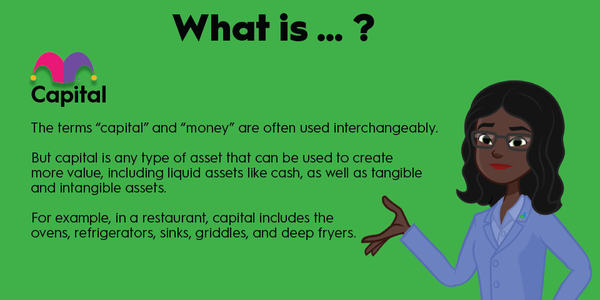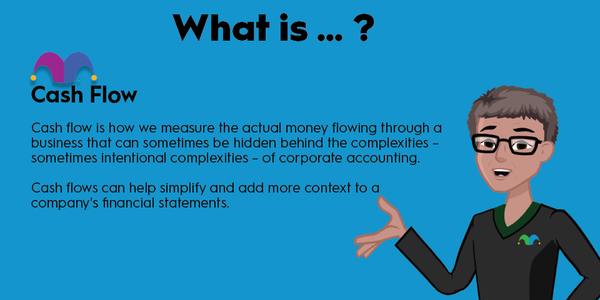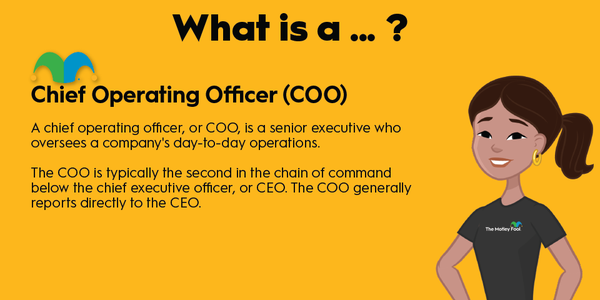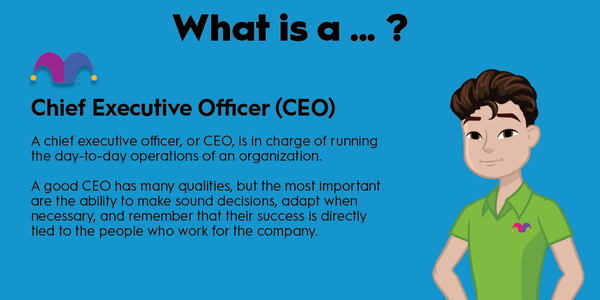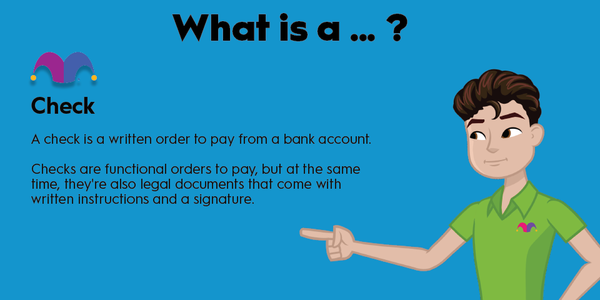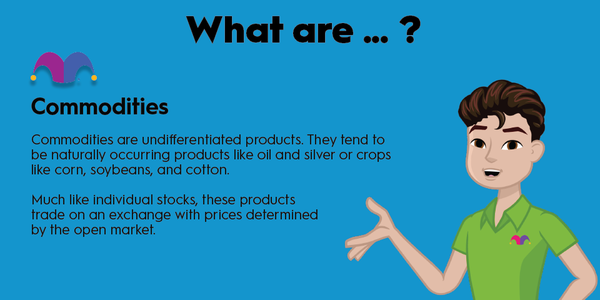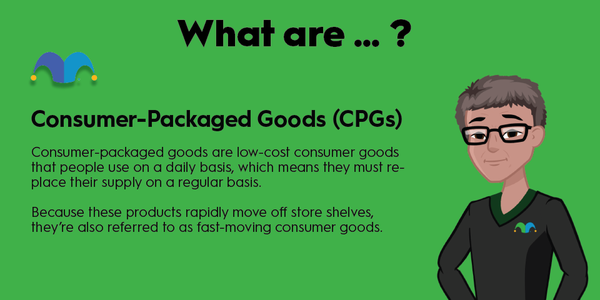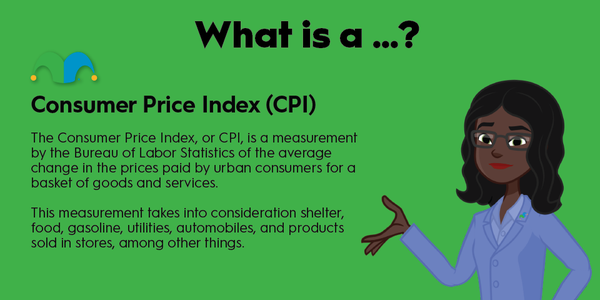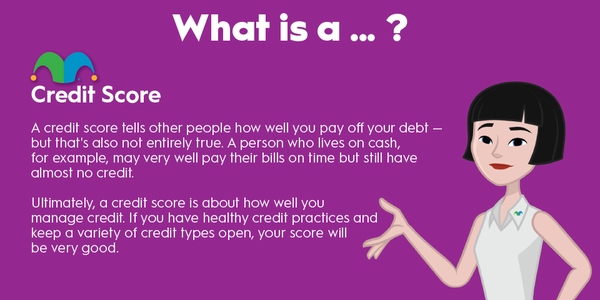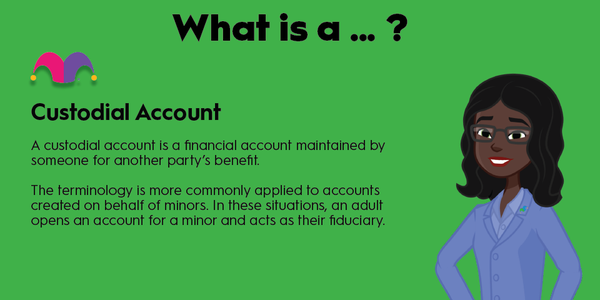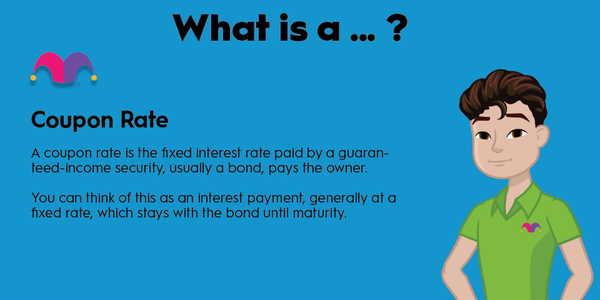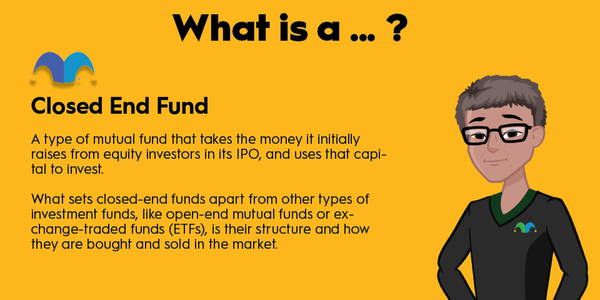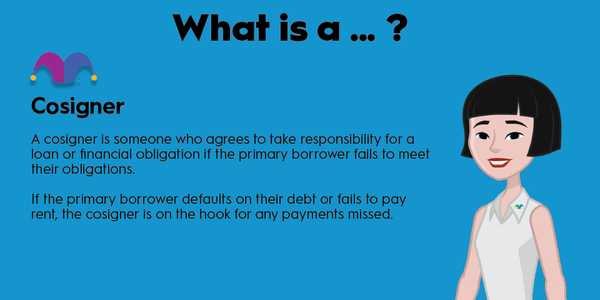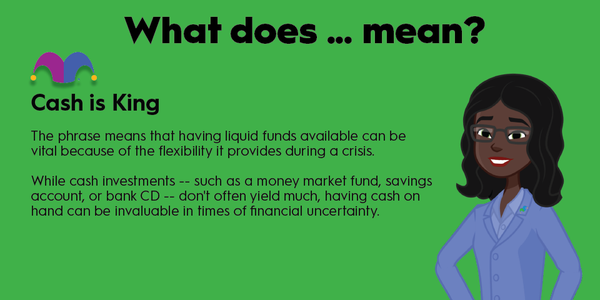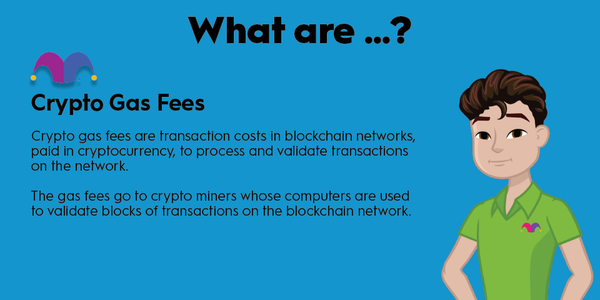If you need to make a large payment for a purchase or obligation, like paying off a mortgage, you'll likely be asked to do so with a cashier's check. These are special types of checks that are extremely secure and welcome almost anywhere.
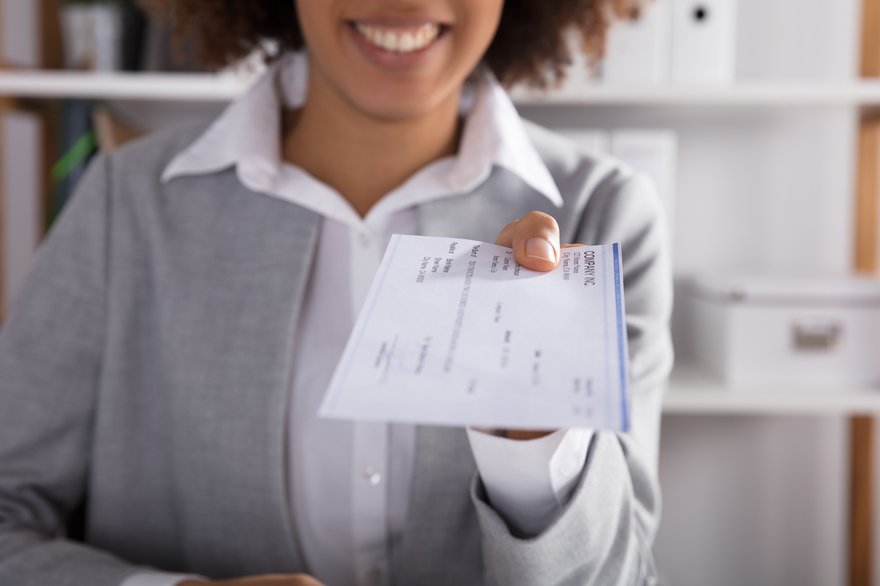
What is it?
What's a cashier's check?
A cashier's check is an extremely secure form of payment accepted by almost everyone and issued exclusively by banking institutions, like retail banks and credit unions. Unlike a personal check, which is drawn against your personal account, a cashier's check is drawn against the issuing bank's own funds, making it almost impossible for the check to bounce.
They're easy to get and fairly inexpensive, too, with fees ranging from just a few dollars to around $15, depending on the size of the check and any additional complications that may be involved in the transaction. They're frequently requested from home buyers for closing on their mortgage loans, making them incredibly common financial instruments.
How to get one
How to get a cashier's check
Getting a cashier's check is simple; you simply go into your financial institution of choice armed with the following information:
- The name of the company or person receiving the check
- The exact dollar amount for the check
- Government-issued photo identification
- The account number you'll use to withdraw your money for the check
Because of that last item, you should try to get a cashier's check only from a retail bank or credit union where you currently have an account, since it will want you to pay for the service. There is always a fee, but it's generally nominal compared to the value of the check issued.
Advantages
Advantages to using a cashier's check
A cashier's check is ideal for many transactions and is often one of just a few acceptable forms of payment in financial dealings like real estate transactions. Because the cashier's check is drawn from the bank's own account rather than yours, there's no way the check can be bad or accidentally bounce. This reduces the risk to the recipient.
You can also get very large cashier's checks due to their being drawn from a bank's account rather than your own. Banks set their own limits on the amount of money you can put on each check, but it's generally between $250,000 and $500,000. The relatively large amounts make cashier's checks more useful than other kinds of secured checks, like money orders.
Cashier's checks vs. money orders
Cashier's checks vs. money orders
Although cashier's checks and money orders may seem very similar on the surface, they are very different. A cashier's check is written directly by your bank, making it the most secure form of paper payment possible. There's near-zero risk that a cashier's check can bounce.
On the other hand, a money order is issued by all kinds of different institutions and commercial entities, some much more secure than others. For example, you can get a money order from the U.S. Postal Service, but you can also get one at the dodgy convenience store down the street. This makes money orders less reliable as a group and much easier to counterfeit.
Cashier's checks also have much higher limits than money orders, in degrees of magnitude. Cashier's checks may be written up to about $500,000 in many cases, but a money order generally can't exceed $1,000.
In general, cashier's checks tend to be a lot cheaper than a money order, at least in terms of percentage. Where cashier's checks are just a few dollars to buy -- even for one that's worth enough to purchase a whole house -- money orders are loaded with fees, for both the buyers and the recipients who cash them.

